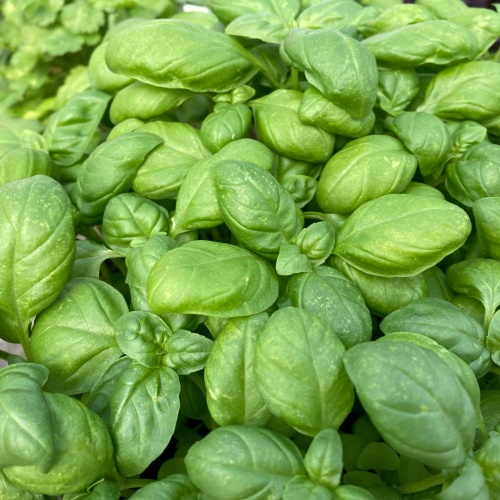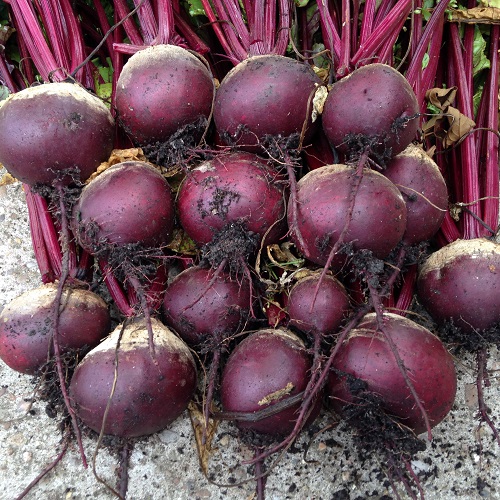Customer Reviews
Be the first to Write a Review for this item!
Customers who bought this item also bought:
Basil Seeds - Sweet (Genovese)
£0.89
Genovese is renowned for its fragrance and is the traditional basil used in pesto.....
Average Contents : 1g (approx 600) seeds
Beetroot Boltardy£0.99
£0.79
Beetroot Boltardy is the most popular variety for early and.....
Average Contents : 350 seeds


